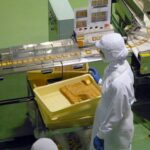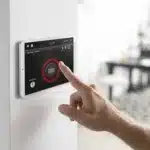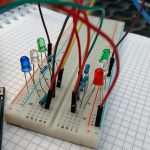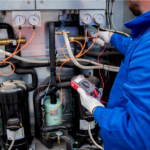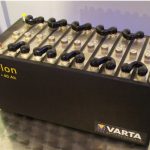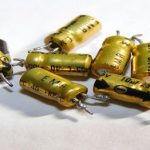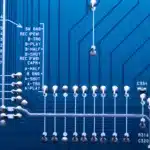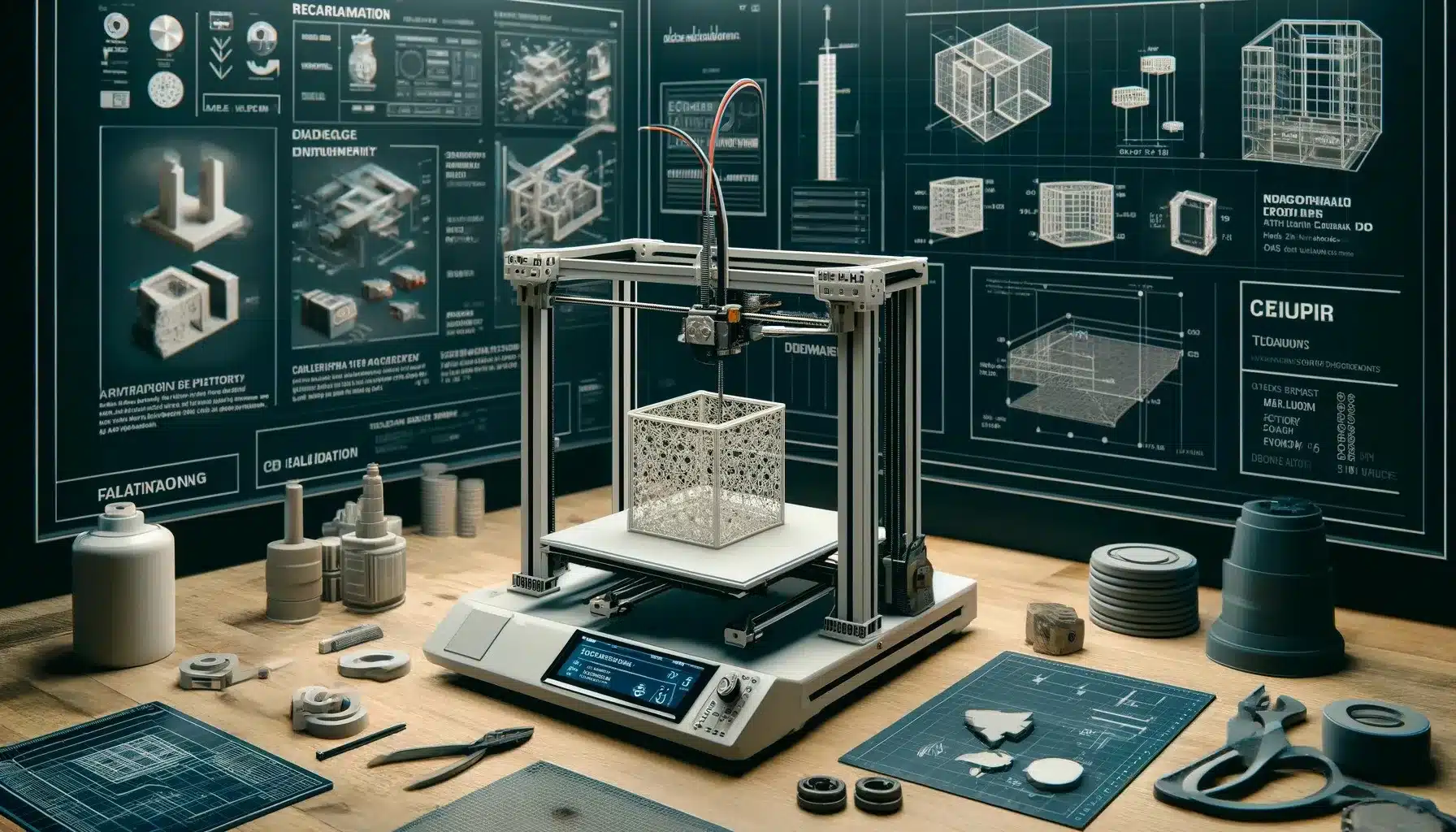
Introduction
3D printing, also called additive manufacturing, has revolutionised the way objects are designed, prototyped, and even finalised across various industries. Among the critical factors in achieving accurate and reliable 3D prints is dimensional calibration. This process ensures that the 3D printer produces parts of the correct size and shape as intended. This article educates users about the fundamentals of dimensional calibration for 3D printing, focusing on the importance and types of calibration shapes, as well as expert tips to perfect this process.
What is Dimensional Calibration in 3D Printing? Exploring Its Significance
Dimensional calibration in 3D printing is the process of fine-tuning the printer’s settings to ensure that the dimensions of the printed objects accurately match the digital model. This calibration is crucial because discrepancies in the print dimensions can arise from various sources, such as mechanical inaccuracies, thermal expansion, and filament inconsistencies. Dimensional calibration involves tweaking various factors, such as adjusting the extrusion multiplier, print speed, layer height, and temperature settings.
The significance of 3D printer dimensional calibration cannot be overstated. Without proper calibration, a 3D printer may produce parts that are too small, too large, or misshapen, leading to significant issues in projects where precision is critical, such as in engineering or manufacturing. This calibration can precisely achieve high-quality prints, ensuring reliability, repeatability, and precision across all print jobs. Calibration accuracy ensures that the parts fit together as designed, allowing consistent production of parts and maintaining quality across different prints and printers.
3D Printing Dimensional Calibration vs. Dimensional Accuracy
In 3D printing, both dimensional calibration and accuracy are significant for achieving high-quality prints, but they focus on different aspects of the printer’s performance. Dimensional calibration is a one-time or period adjustment that involves adjusting the 3D printer to ensure that the printed object’s dimensions match the intended design specifications as closely as possible. This process can be achieved by adjusting physical printer settings and slicer software parameters to optimise the parts are correctly sized and fit together.
Conversely, 3D printing dimensional accuracy refers to the precision with which the printer can reproduce the intended dimensions and details of the model. This process indicates the difference between the printed and digital models and illustrates how closely they adhere to the set parameters throughout the printing process. 3D printing dimensional accuracy is consistent monitoring and enhances the overall fidelity and quality of the print to the original design.
Roles of Calibration Shapes in 3D Printing Dimensional Calibration Accuracy
Calibration shapes, also called test prints, are specifically designed models designed to adjust and test the 3D printer’s accuracy. These shapes–arranged in precise configurations–help identify specific issues related to the printer’s performance. Some of the most common calibration shapes include:
The Calibration Cube
The calibration cube is a simple, standardised 20mm x 20mm x 20mm 3D cube used to measure the printer’s X, Y, and Z axes. It is an essential tool for checking the basic dimensional accuracy of a 3D printer. A calibration cube is widely used to measure the actual dimensions against expected dimensions and adjusts the steps per mm setting in the printer software.
The XYZ Calibration Cube/Pyramid
An XYZ calibration pyramid is a more advanced version of the calibration cube. It includes marking to measure the accuracy of all three dimensions simultaneously. These pyramids are used to check the skewness in the XYZ axes and diagnose issues with orthogonality between the axes.
The Overhang Test Shape
The overhang test shape helps to evaluate how well the printer handles angles and overhanging designs without support. These shapes assess the need for support and tune cooling and printing speeds for overhangs.
The Bridging Test Model
This shape tests the printer’s ability to span gaps without the support of underlying layers, which is crucial for bridge-like structures. The bridging test shape optimises retraction settings and evaluates cooling performance.
Step-by-Step Guide to Performing Accurate 3D Printing Dimensional Calibration
In order to achieve the best and most accurate 3D printing dimensional calibration, consider the following simple steps:
Step 1: Print Calibration Shapes
Begin by printing the basic shapes, such as the calibration cube. Use standard settings to establish a baseline of printer performance.
Step 2: Measure and Compare
After printing, use a standard calibration tool, such as a digital calliper, to measure the dimensions of your printed shapes. Then, compare these measurements to the expected dimensions.
Step 3: Adjust Printer Settings
Based on the discrepancies found, adjust the printer settings. This might involve tweaking the printer’s steps per mm in the firmware or adjusting the flow rate.
Step 4: Iterate
Repeat the process with adjusted settings and new prints until the dimensions of the printed objects match the digital model.
Expert Tips for Effective 3D Printing Calibrations
Calibrating your 3D printer is essential for achieving high-quality prints. It involves adjusting various components of a printer, such as levelling the print bed, setting the nozzle’s height, calibrating extruder steps and temperatures, and adjusting print speeds. The following tips will help calibrate your 3D printer effectively:
- Use High-Quality Filament: Variations in filament quality can affect print quality. Always use good-quality filament for calibration to get consistent results.
- Maintain Your Printer: Regular maintenance of your printer is crucial. It involves ensuring that all parts are in good working condition and the printer is clean and well-lubricated.
- Document Your Settings: Documenting involves keeping a record of the settings for each successful print. This is beneficial for troubleshooting future issues or switching to different materials.
Takeaway
Dimensional calibration is an ongoing process that significantly enhances the precision and quality of 3D-printed objects. This foundational practice is not only critical for hobbyists but also for professionals who rely on 3D printing for prototyping and production. By understanding and utilising various calibration shapes and systematically adjusting the printer settings, one can achieve highly accurate and consistent results.






